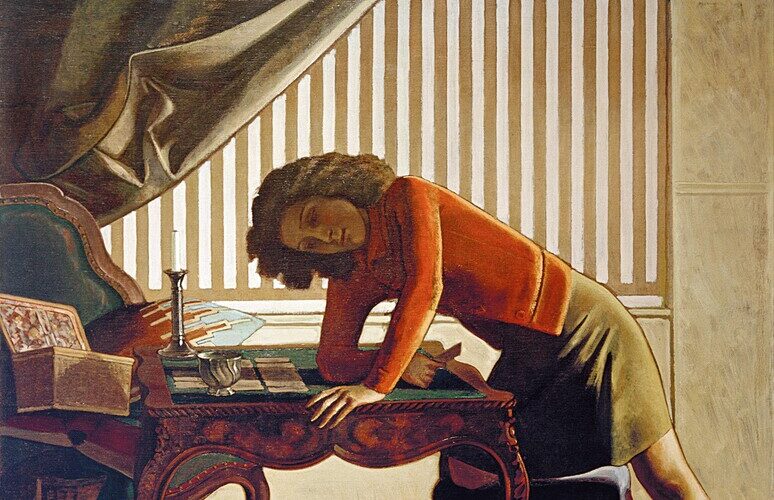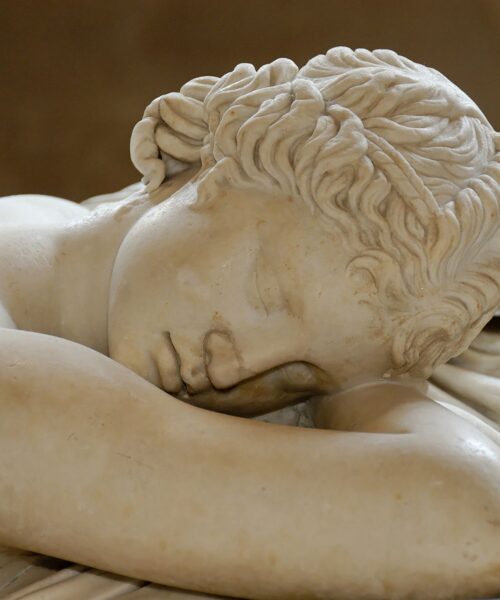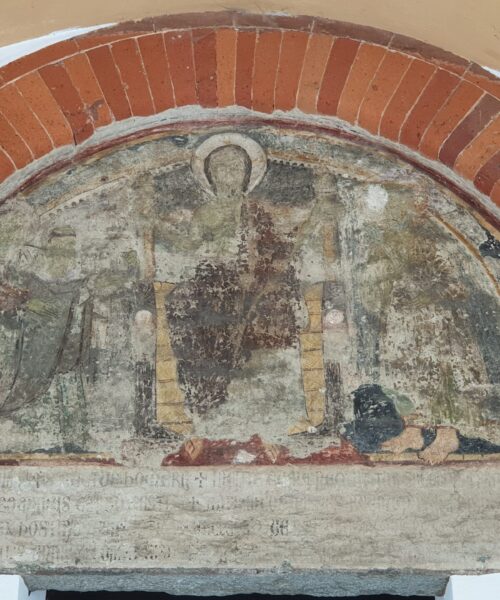Balthus: The Artist and the Enigma
Balthus, the artistic name of Balthasar Klossowski de Rola, is a figure who stirred contrasting emotions in the 20th-century art and cultural scene. Born in Paris in 1908 and living until 2001, his work is distinguished by a focus on the human figure, particularly depictions of adolescents and young women in contexts ranging from the everyday to the dreamlike. Balthus himself always defined himself as an “uncomfortable” artist, a term that has made his works a focal point of heated debates. The discussions often revolve around the intent, nature, and ethics of his work, offering a range of interpretations that continue to evolve over the years.
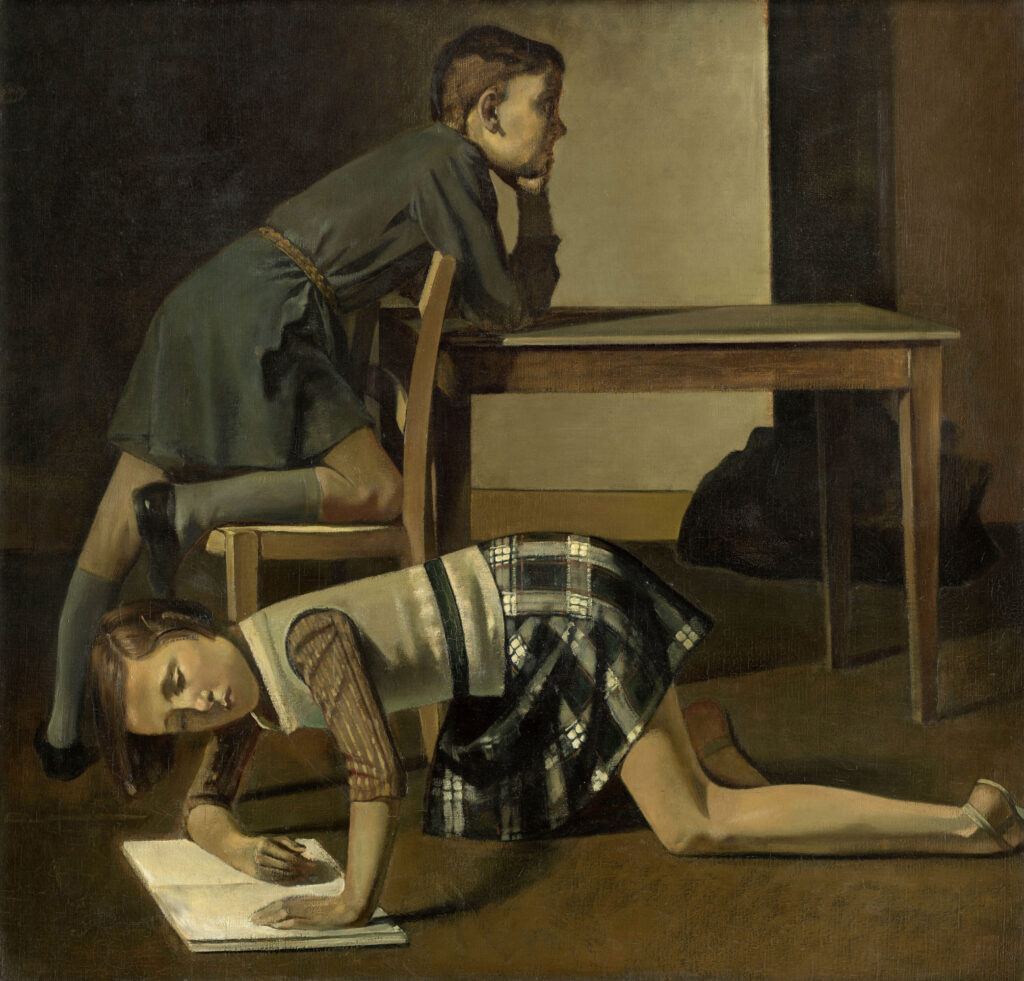
Eroticism in the Contemporary Context
The interpretation of Balthus’ works has changed over time. Today, critics, observers, and even institutions tend to view his work through a more erotic lens. An example of this phenomenon occurred in 2014 at the Museum Folkwang in Essen, Germany. An exhibition dedicated to his photographic shots was canceled due to contemporary sensitivities that brought out the “uncomfortable” side of the artist. Balthus, for his part, always maintained that the goal of his work was not to eroticize his young models but rather to explore and represent their “innate sexuality.” Despite this claim, the change in cultural climate has made his works subjects of criticism and, in some cases, demonization.
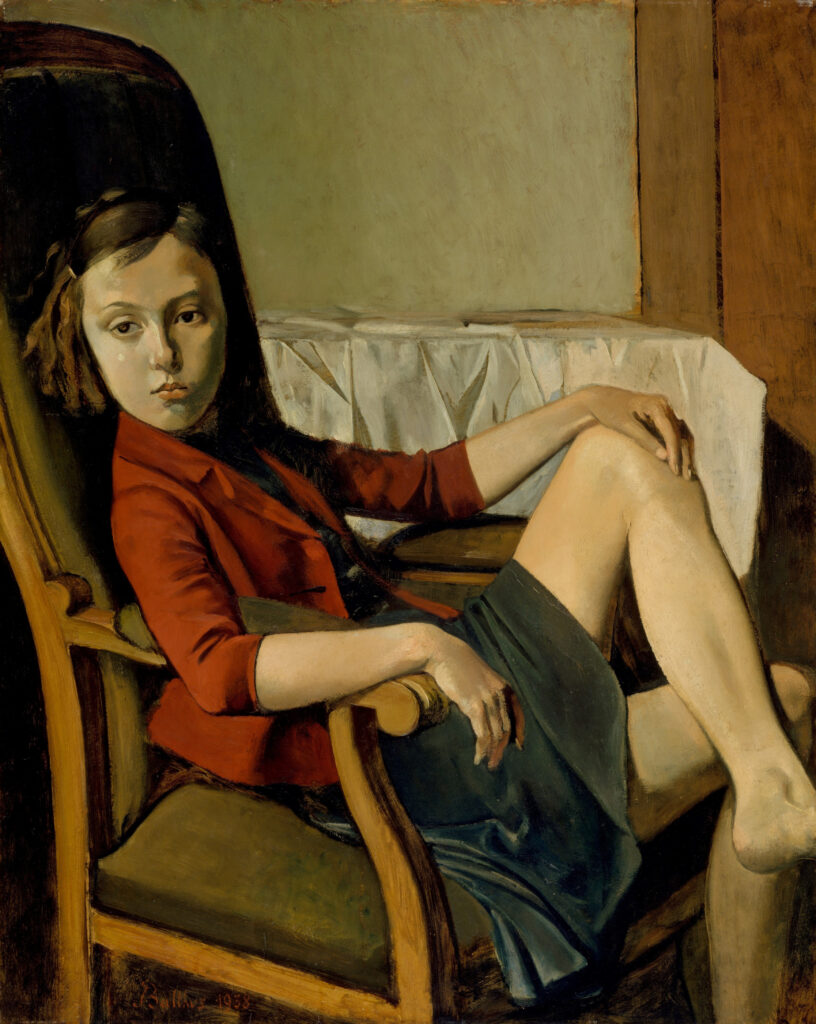
Cultural Revisionism in Art
The controversy surrounding Balthus is not an anomaly in the artistic field. There have long been groups calling for the censorship of artistic elements considered “inappropriate,” such as the naked putti in Renaissance or Baroque works. This cultural revisionism is not a new phenomenon. For instance, many ancient Greek and Roman statues were modified in later times, losing their anatomical parts in favor of the addition of fig leaves in an attempt to preserve public modesty. These actions reveal a continuous tension between artistic freedom of expression and the prevailing social and cultural norms.
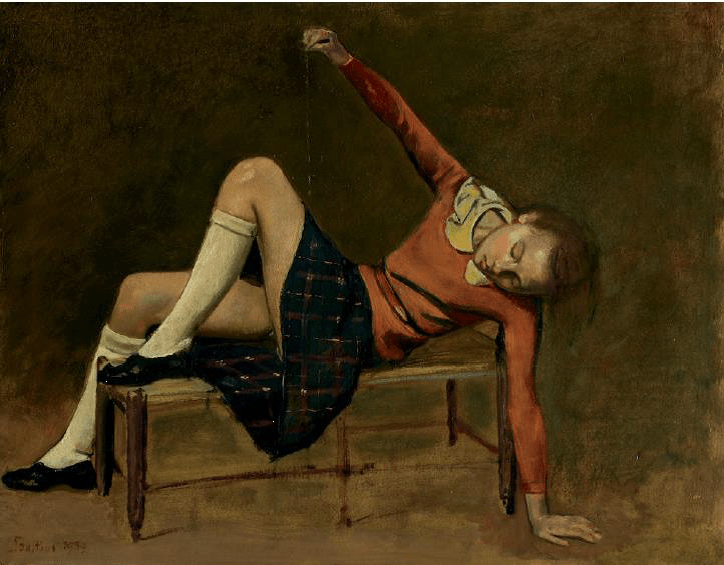
Conclusion: Art as a Social Mirror
Balthus represents a particular, but not isolated, case in the broader debate on how art should or should not conform to moral and cultural expectations. His work highlights the complex dynamics between art, ethics, and society, forcing us to question how we interpret and evaluate art through the prism of our sensibilities and cultural beliefs. In this way, Balthus and artists like him continue to stimulate a debate that goes beyond mere aesthetic appreciation, challenging conventions and inviting deeper critical reflection.

